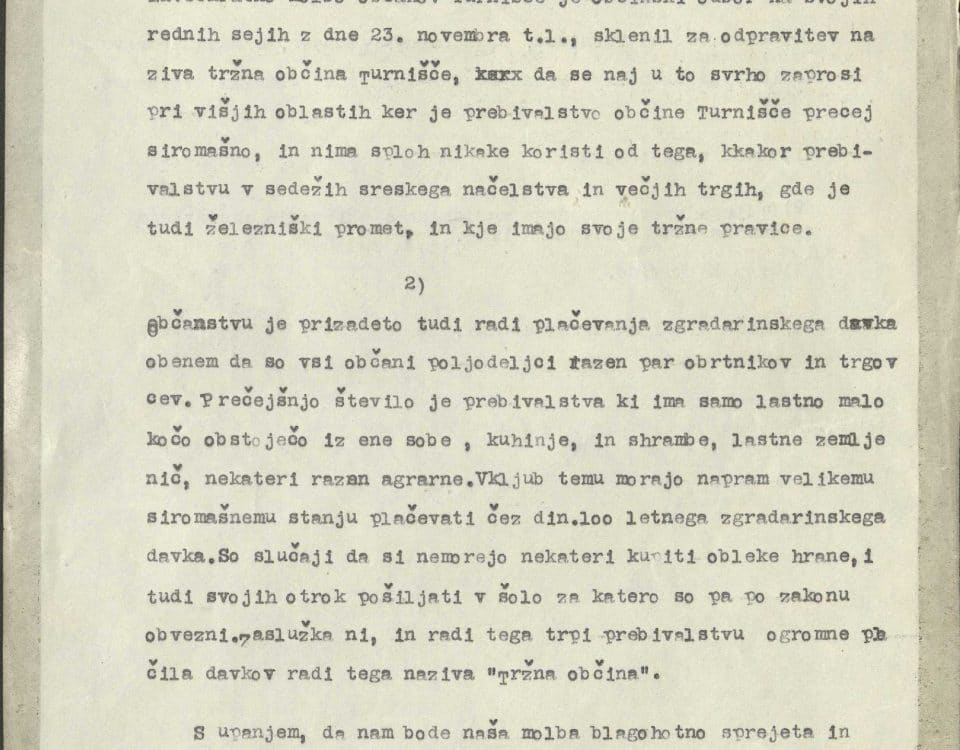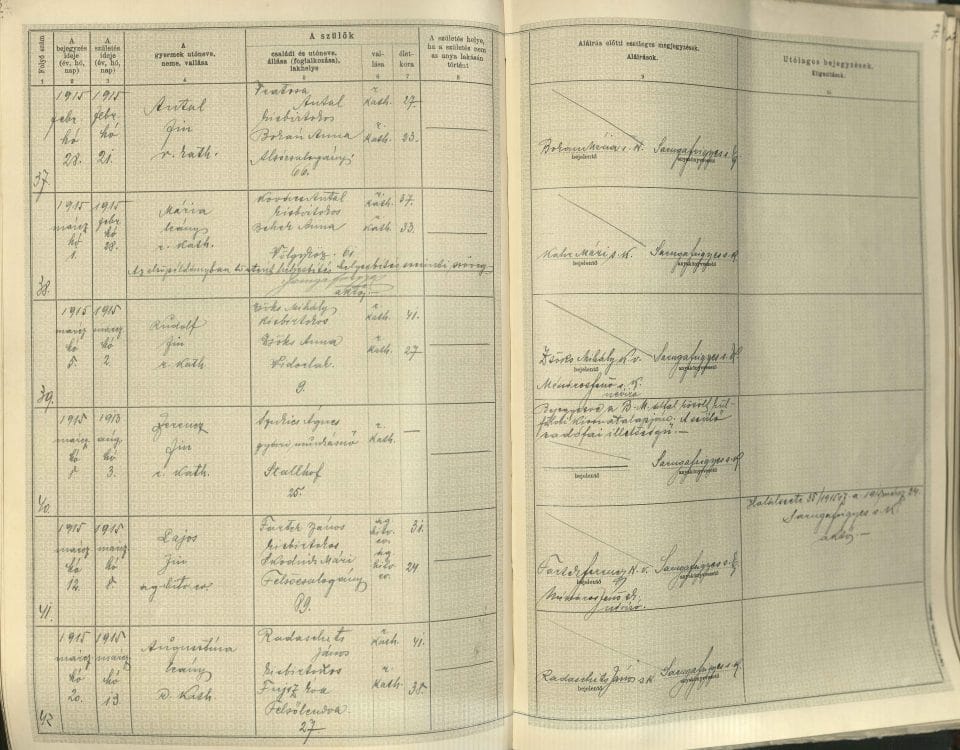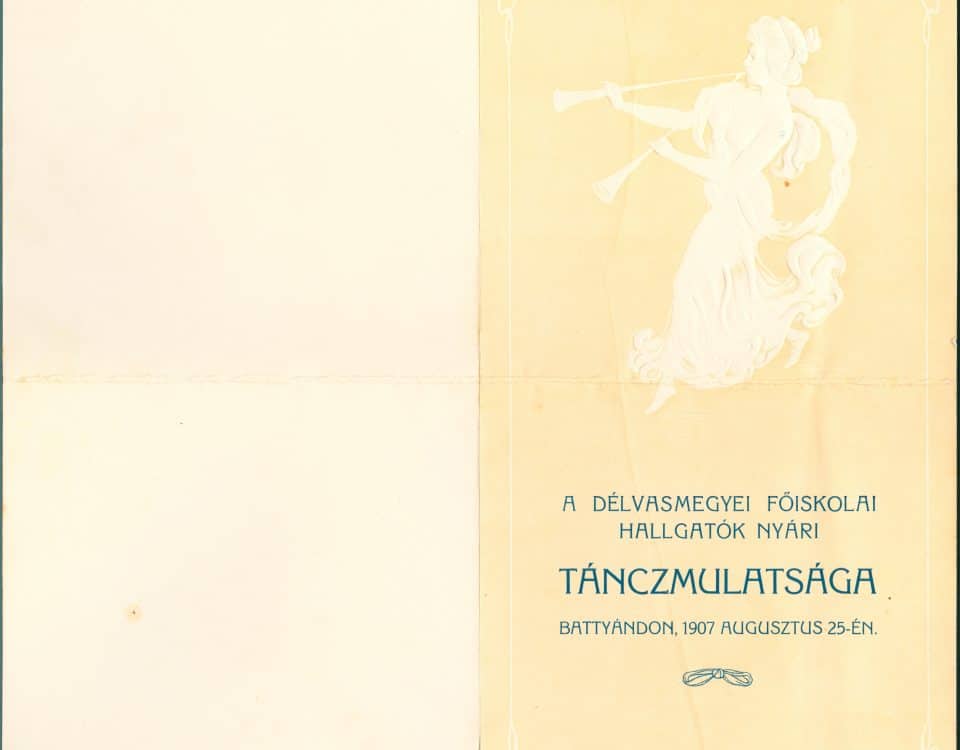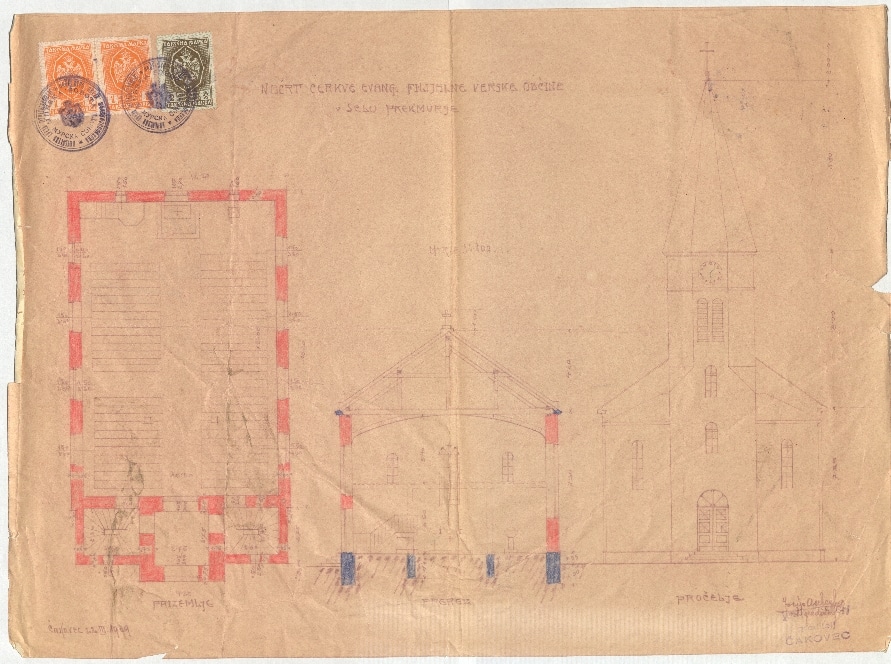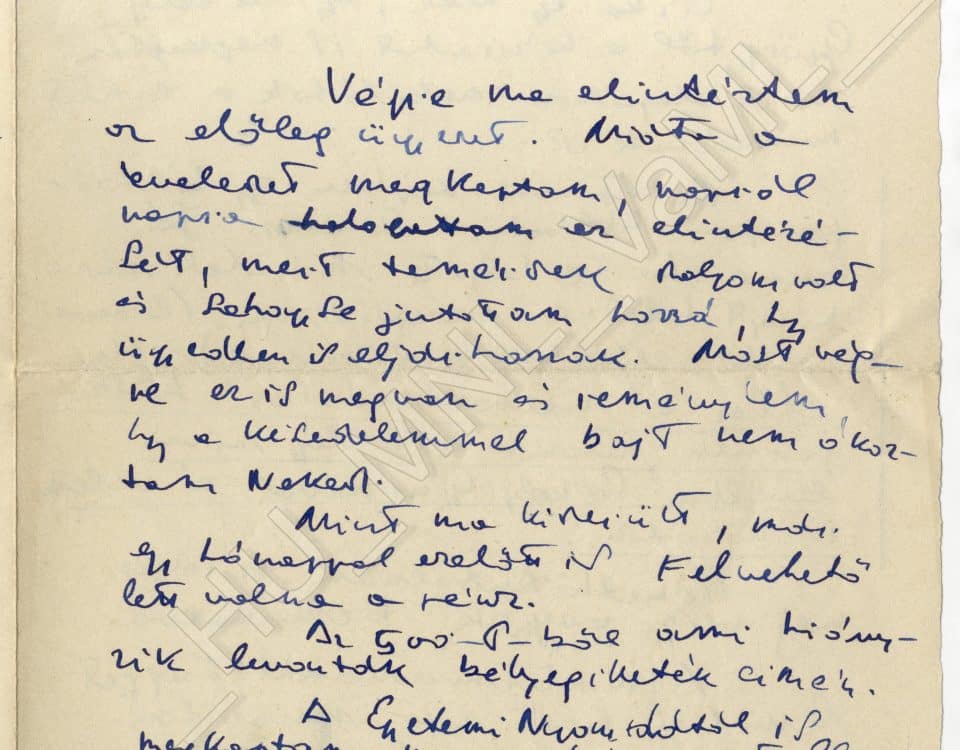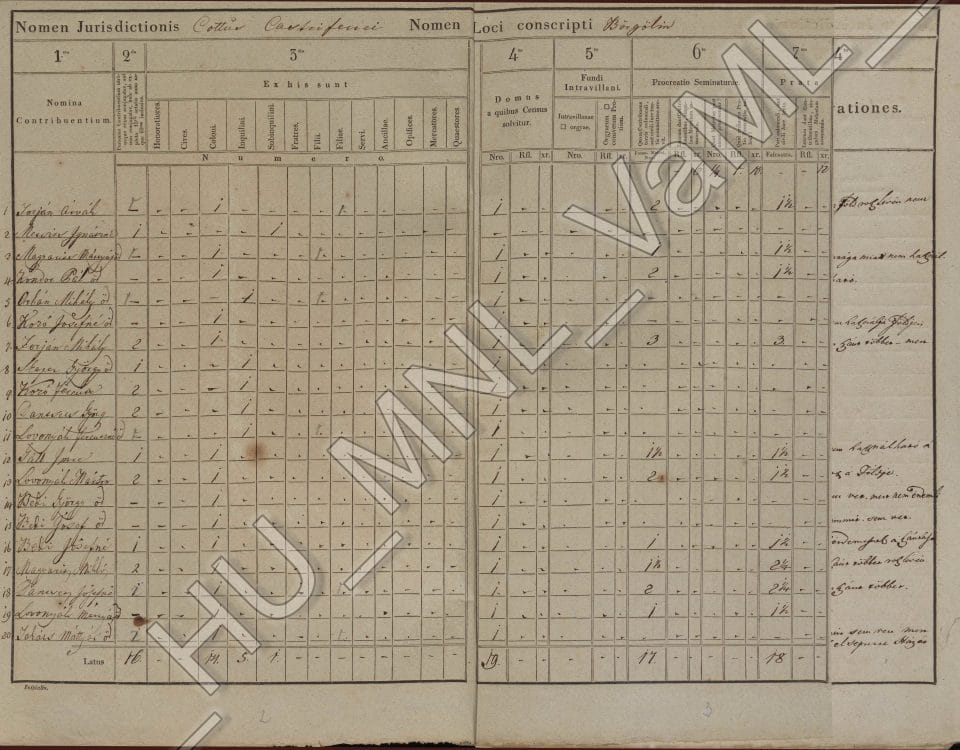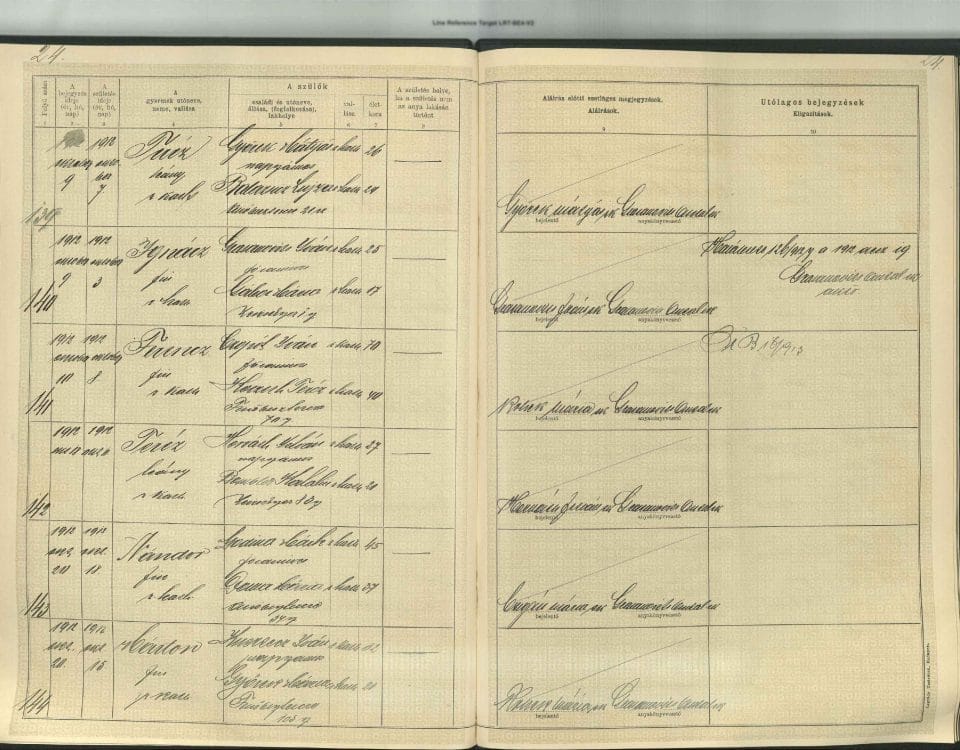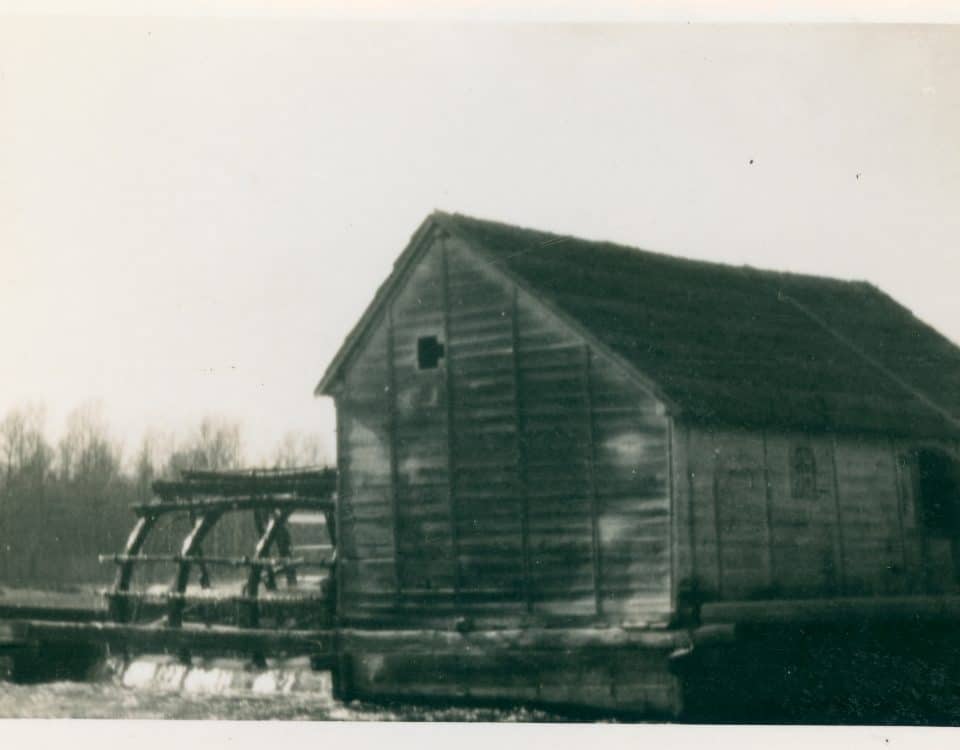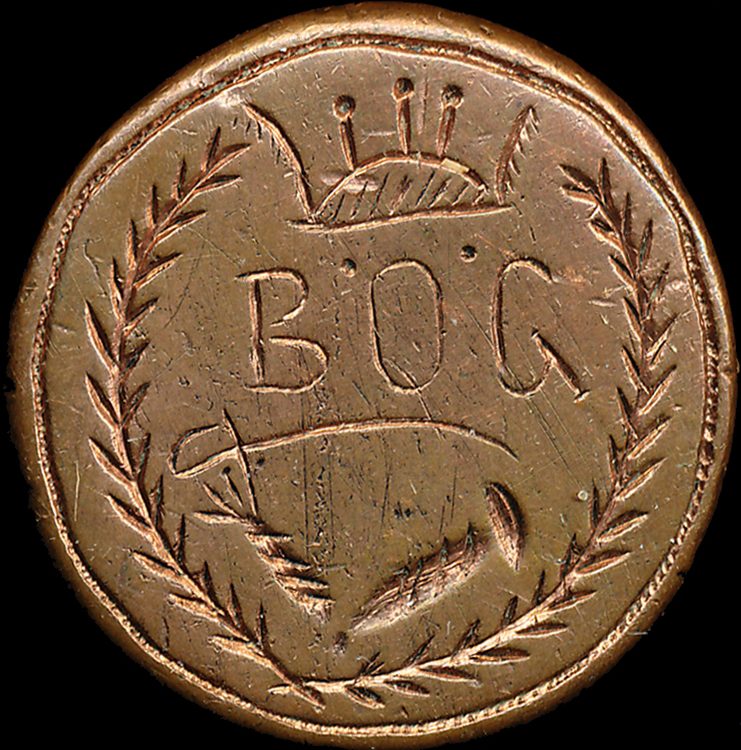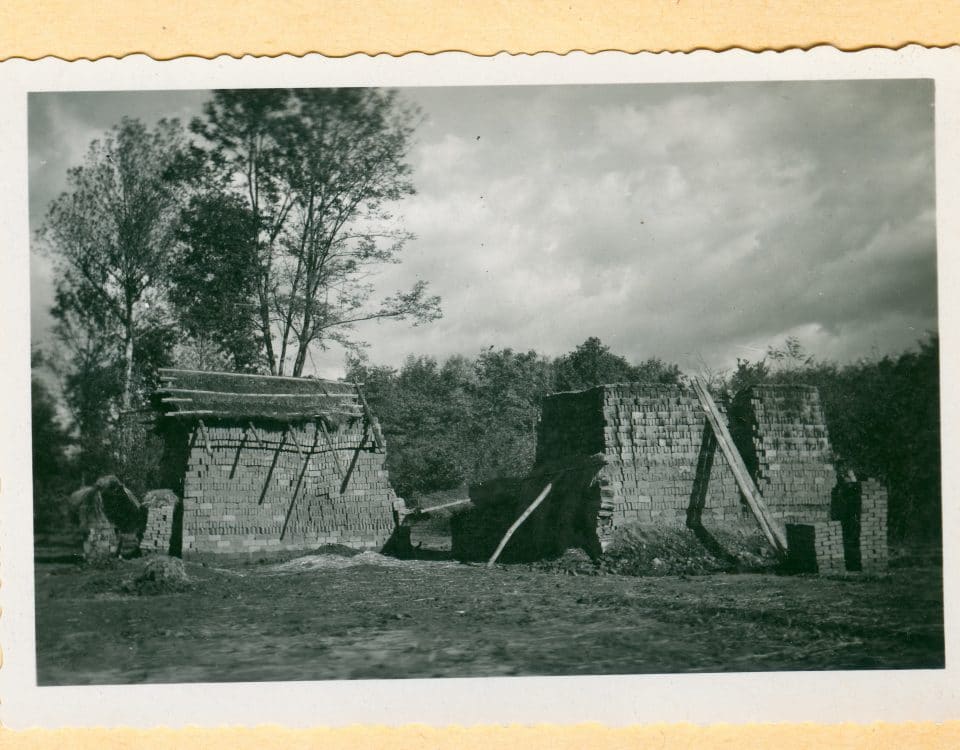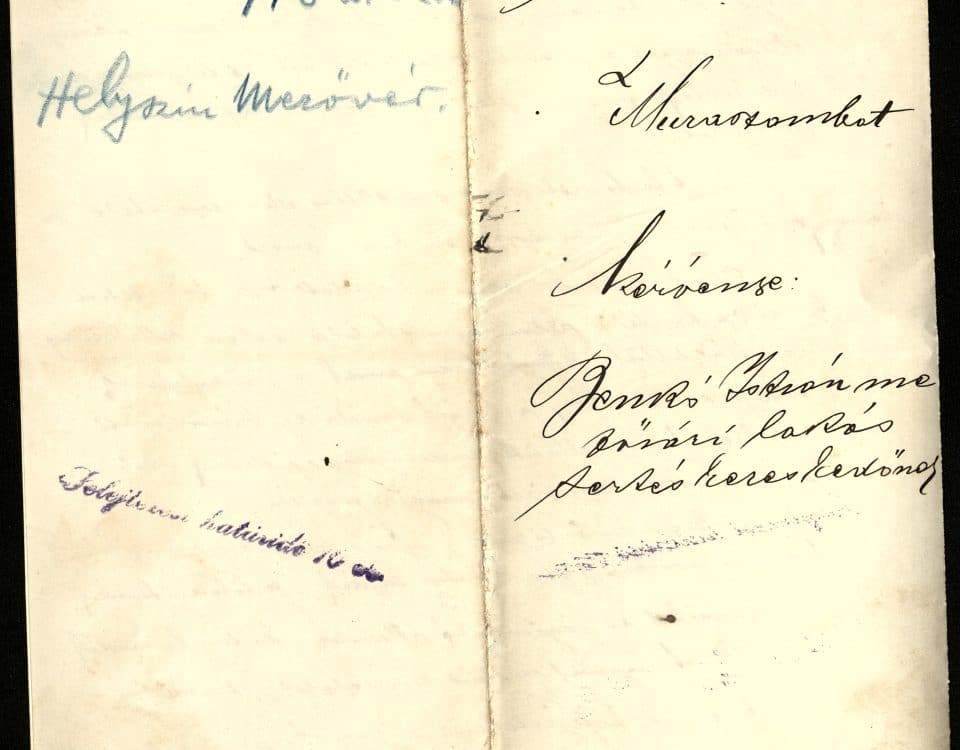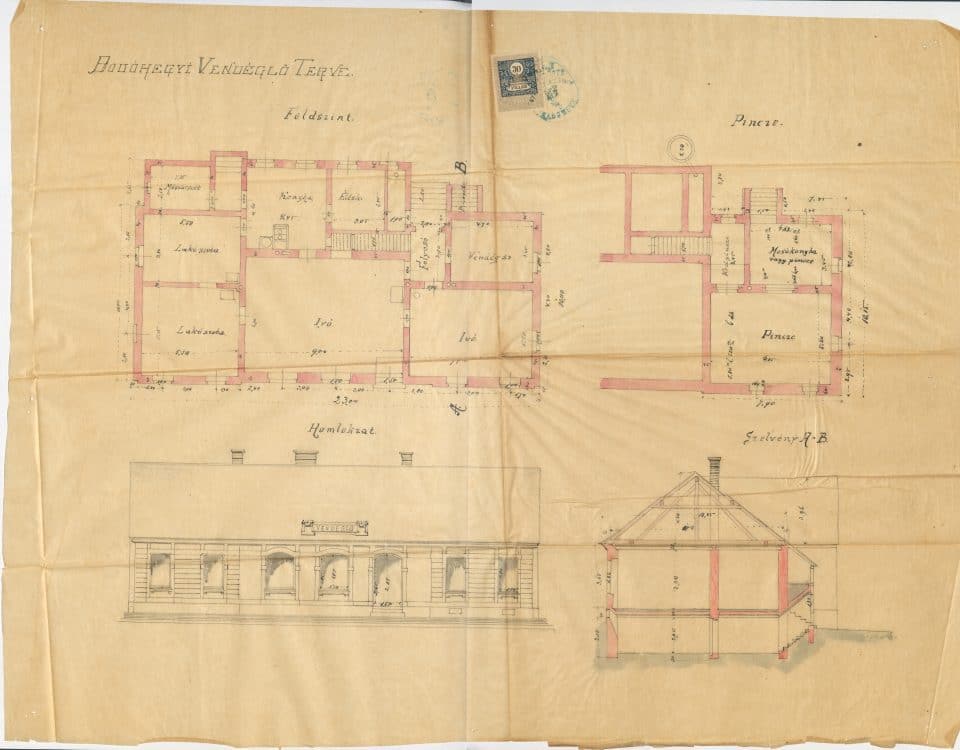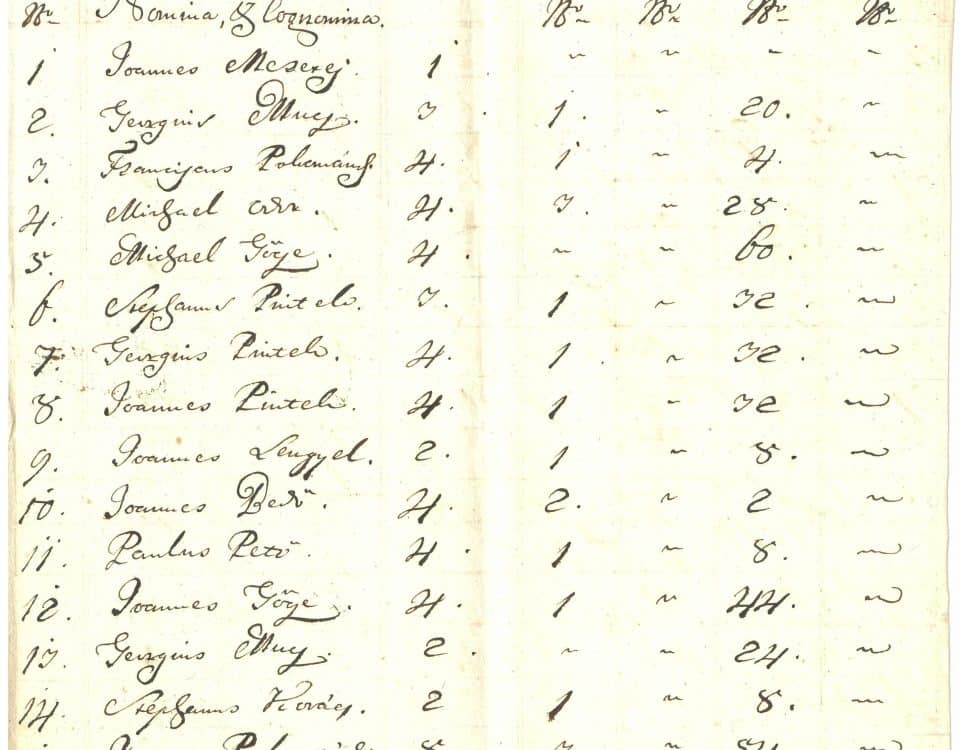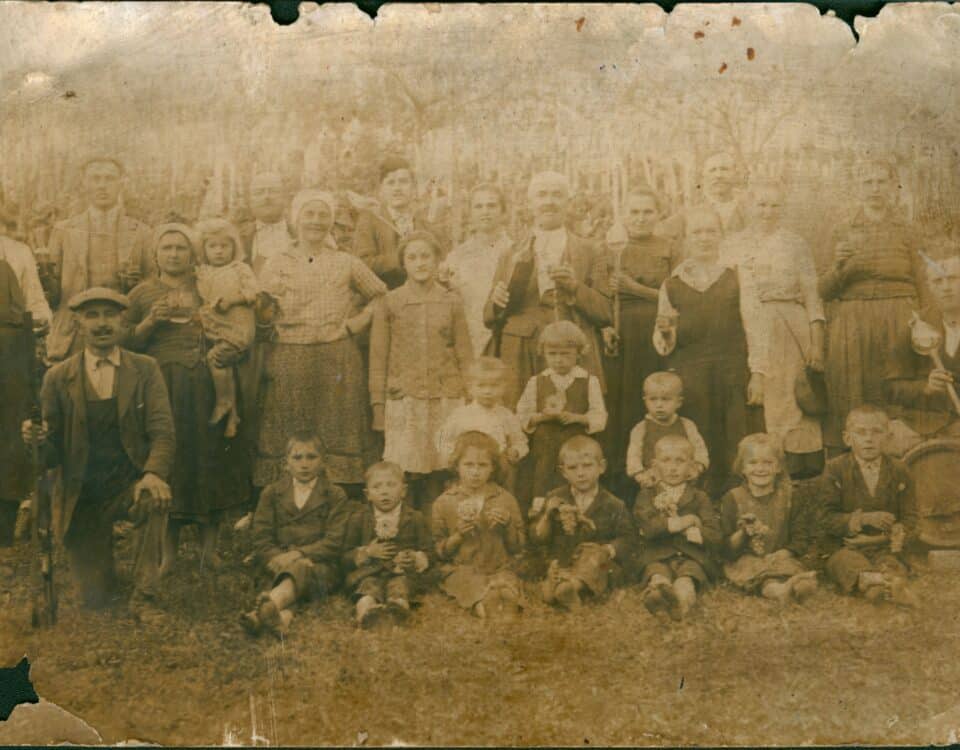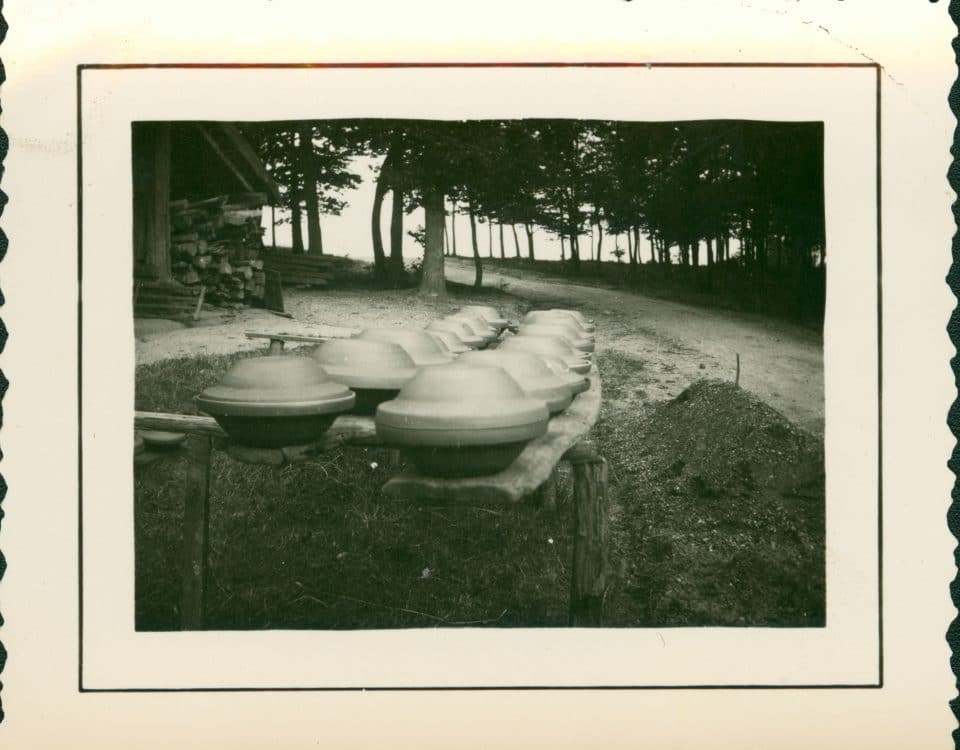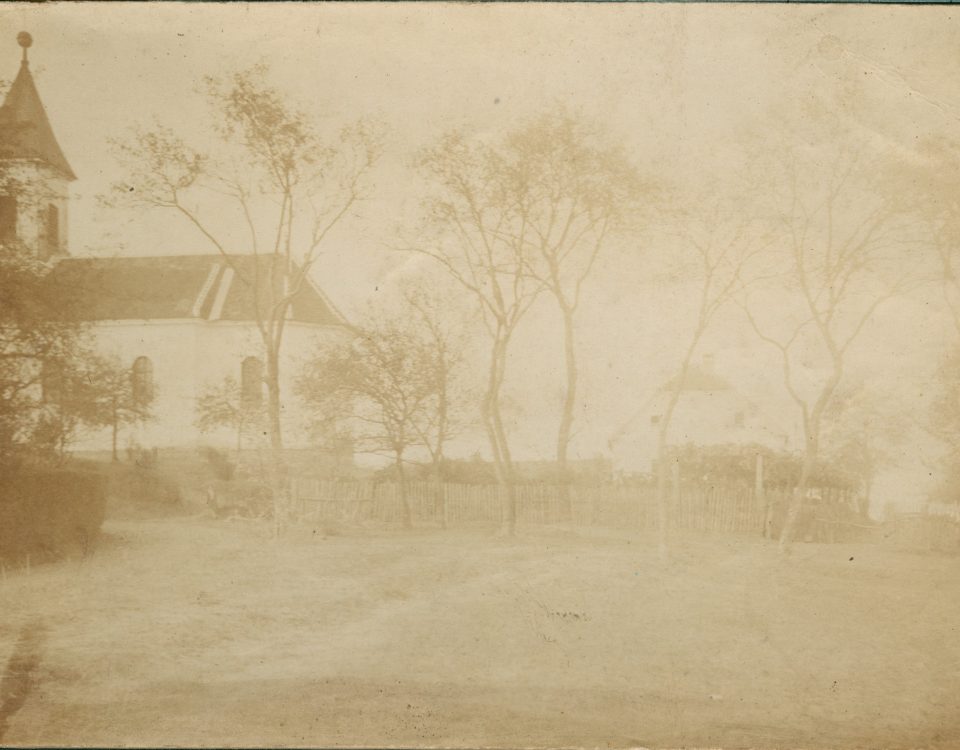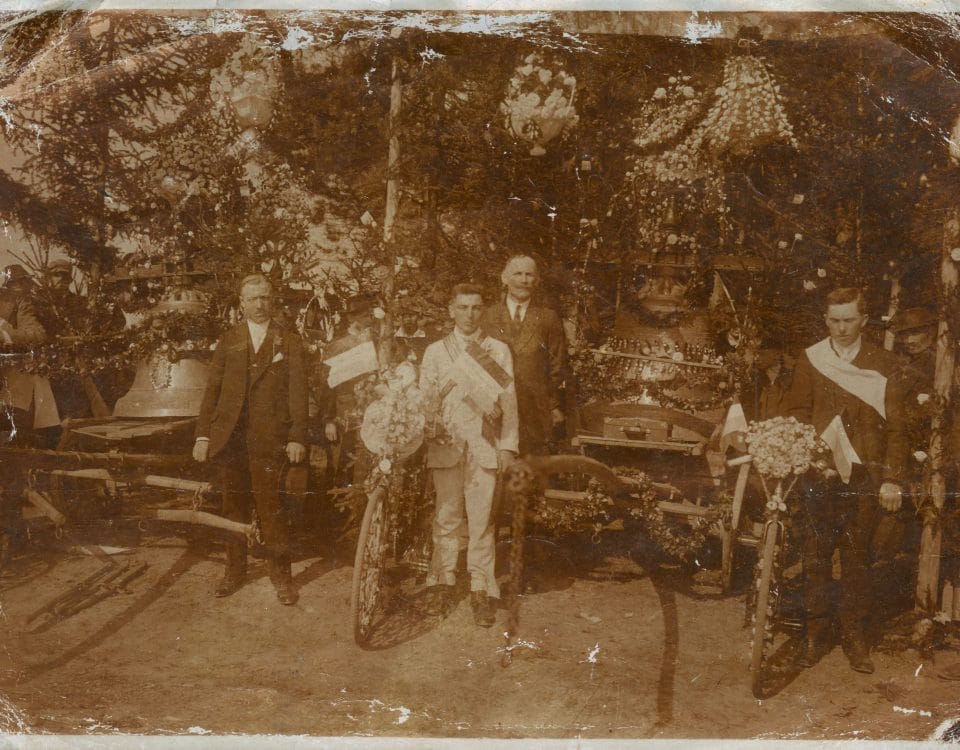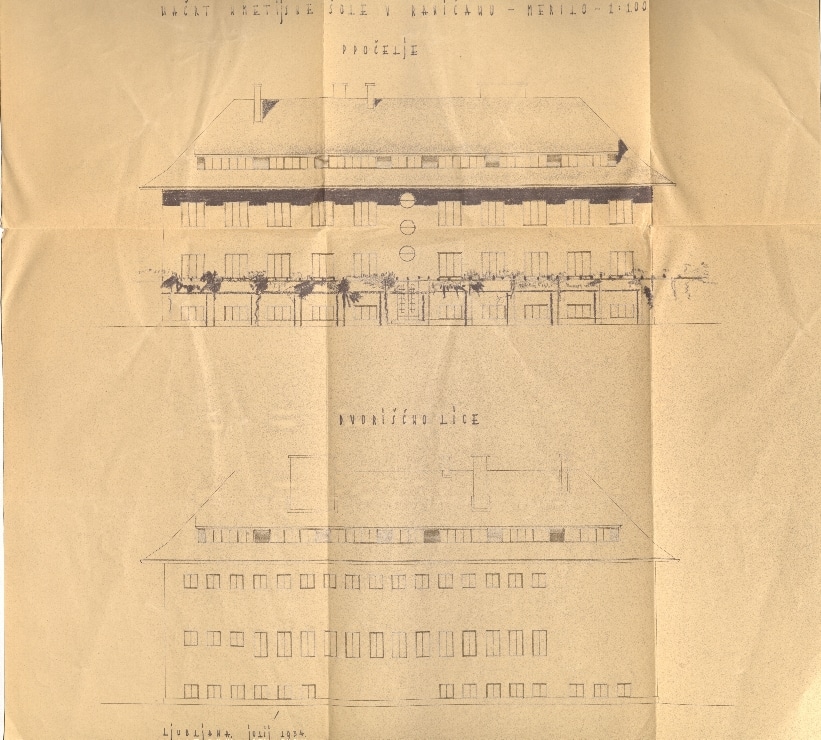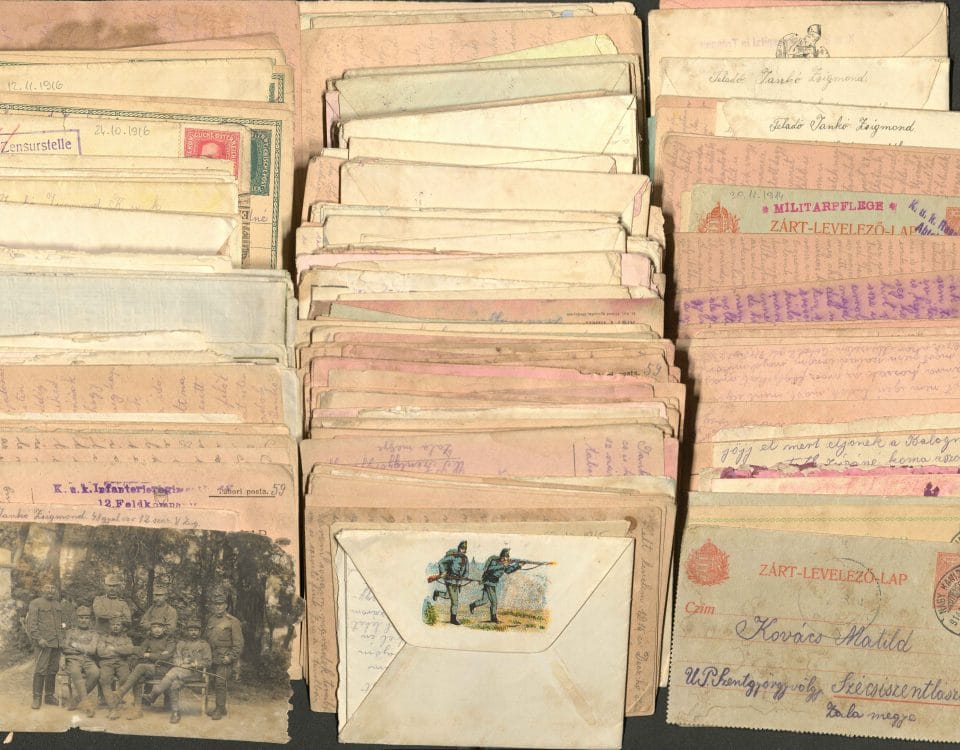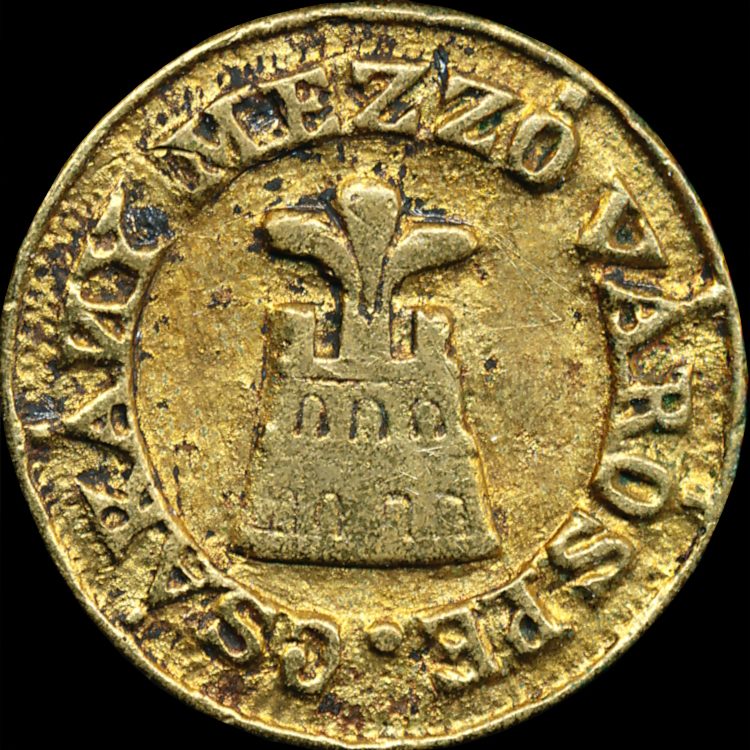Review of documented digitizers
11. February, 2020
Turnišče had a special rank for centuries, as it was given market town privileges. Numerous documents have been retained by which Turnišče could prove repeatedly their market town privileges. On November 23, 1934, the community committee decided to end the settlement's rank as a market town. The reason for their proposal was that the inhabitants…
11. February, 2020
Anton Vratuša was born on February 21, 1915 in Dolnje Slaveči. His birth was registered on February 28 in the civil registry office. According to the civil records, he was registered as Antal, his parents were Antal Vratosa, 27, a small landowner, and Anna Bokán, 23. They were both Roman Catholics. They lived in the…
11. February, 2020
On August 21, 1907, college students from South Vas County turned to Chief Justice Posfay Pongrác of Murska Sobota, in the matter of a charity dance festivity in Puconci. The private festivity started under the linden tree of the church on August 25 at 3 pm. The organizers also thought that in case of bad…
11. February, 2020
The Selo Lutherans initially belonged to Križevci, then to Moravske Toplice. Because of the distance, a church was designed in 1939. On August 20, 1939, the foundation stone was laid, but due to the World War II, the work was faltering. The works only continued after 1950, when the government provided 150,000 dinars to build…
3. May, 2020
The famous poet Sándor Weöres, born in Csönge, was already well-known in the 1940s and belonged to the intellectual elite of Hungary at that time. The two letters addressed to him and published here provide an insight into the discussions within the world of arts, and the poems’ creation process.
21. May, 2020
The 1828 census corresponds to today 's tax return form. The unit is the head of the taxpayer family. The list contains the number of peasant farms, the size of the cultivated area, the varieties of crops, the different ways and costs of production in each region.
11. February, 2020
Ferdo Godina was born on October 18, 1912, in Dolnja Bistrica, his father was Mark, his mother was Mária Doma. The birth certificate indicates his name as Nándor. He was a Slovenian writer, publicist and editor of Ljudske pravice. His literary oeuvre consists of more than thirty works; he wrote novels, short stories, youth stories,…
11. February, 2020
The special features of the River Mura are the so-called boat mills which have been partly or wholly floating in water. The Mura River flooded many times and at these times the mills were also in great danger. The boat mills floated on the river and changed their position according to the course of the…
17. February, 2020
The use of the seals of the settlements was regulated by the Act XVIII of 1871 on the settlements governance. When the law was enacted, the sub-prefect offices collected all the old typariums and placed them for preservation in the county archives. On these seals the settlements displayed their old, almost forgotten symbols.
11. February, 2020
Melinci was long known for making brick, or “cigel”. The clay deposit, the workforce and the skilled craftsmen who knew the art of brick making and firing contributed to the survival of brick making until the 1970s. Most important, however, was the economic aspect: industrial bricks were too expensive. Every day, 4,000 raw bricks were…
11. February, 2020
Building permit for the construction of a slaughterhouse for István Benka, a pig dealer in Tešanovci
Štefan Benko was one of the richest farmers in Tešanovci. In addition to his extensive estates, he also owned a restaurant and a slaughterhouse. He was one of the first farmers in the Prekmurje Region to trade in animals. The slaughterhouse was small, but he also sold meat in Graz, Vienna and Budapest. After moving…
11. February, 2020
In 1905, the Lutheran parish of Bodonci applied for a building permit for a pub. The pub consisted of ground floor, cellar, two saloons, three guest rooms, a kitchen, a pantry and a slaughterhouse.
20. February, 2020
A detailed census of vineyards is attached to the 1785 census. It has a list of names, area dimensions given in hoers (“fossores”) and the names of the landlords. This source – cross-checked against the articles of the Vineyard Regulations – gives a very detailed picture of an important moment in the life of the…
11. February, 2020
In the past, harvest was the biggest and most anticipated event of the year, along with pig slaughter and church holidays. The grape harvest began after October 15, following the name day of Teresa (St. Teresa of Ávila). The grapes were pressed in a wooden press and then the grape juice was poured into a…
11. February, 2020
Until the mid-20th century, pottery was the most common handicraft in the Prekmurje Region. The famous Prekmurje potter villages were Filovci, Tešanovci, Bogojina, Kobilje, Sebeborci, Mosčanci and Pečarovci. The pottery masters formed guilds, the guilds were based in Murska Sobota. The guild book was also stored here, in a crate. Ceramic products were exhibited in…
11. February, 2020
The Pečarovci Parish was founded in 1796, but the church erected in honor of St. Stephen has been here since 1698. The original building was a wooden one, with two wooden bell towers near it. In 1824 the church was renovated and covered with tile roof. The interior of the church was also restored. After…
11. February, 2020
On Easter Monday 1924, new bells were consecrated at Pečarovci Parish, which were casted at the Anton Blazin Factory in Zagreb. The original bells were removed from the temple during World War I. At the dedication, Pastor Ivan Perša thanked the donors for their contributions. He highlighted the American donors Ivan Gomboc, Matjaš Rogan and…
11. February, 2020
After the annexation of Prekmurje in 1919, efforts to establish their own educational institutions intensified. Due to the rural character of the area, an agricultural school seemed to be appropriate. In 1921, agricultural expert Anton Šego chose the estate of the noble family of St. Julien Wallsee in Rakičan as the site of the school.…
11. February, 2020
The Jankó couple's letters written in the First World War were found in 1999 in an old house in Motvarjevci. The find is invaluable as there are over 400 letters written over four years. Correspondence, a very fine example of the exchange of messages of that time, between the hinterland and the soldier serving on…
18. February, 2020
The use of the seals of the settlements was regulated by the Act XVIII of 1871 on the settlements governance. When the law was enacted, the sub-prefect offices collected all the old typariums and placed them for preservation in the county archives. On these seals the settlements displayed their old, almost forgotten symbols.

